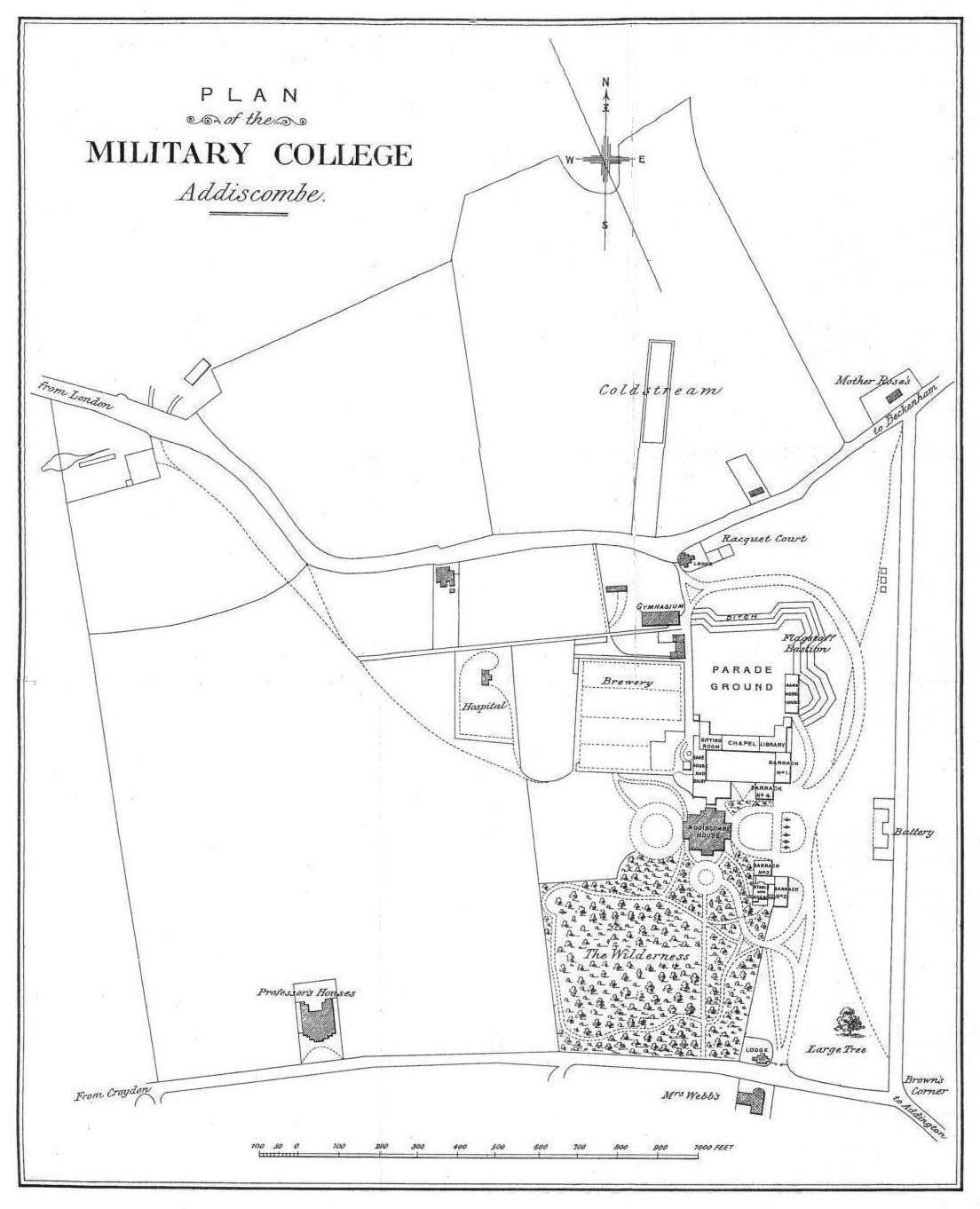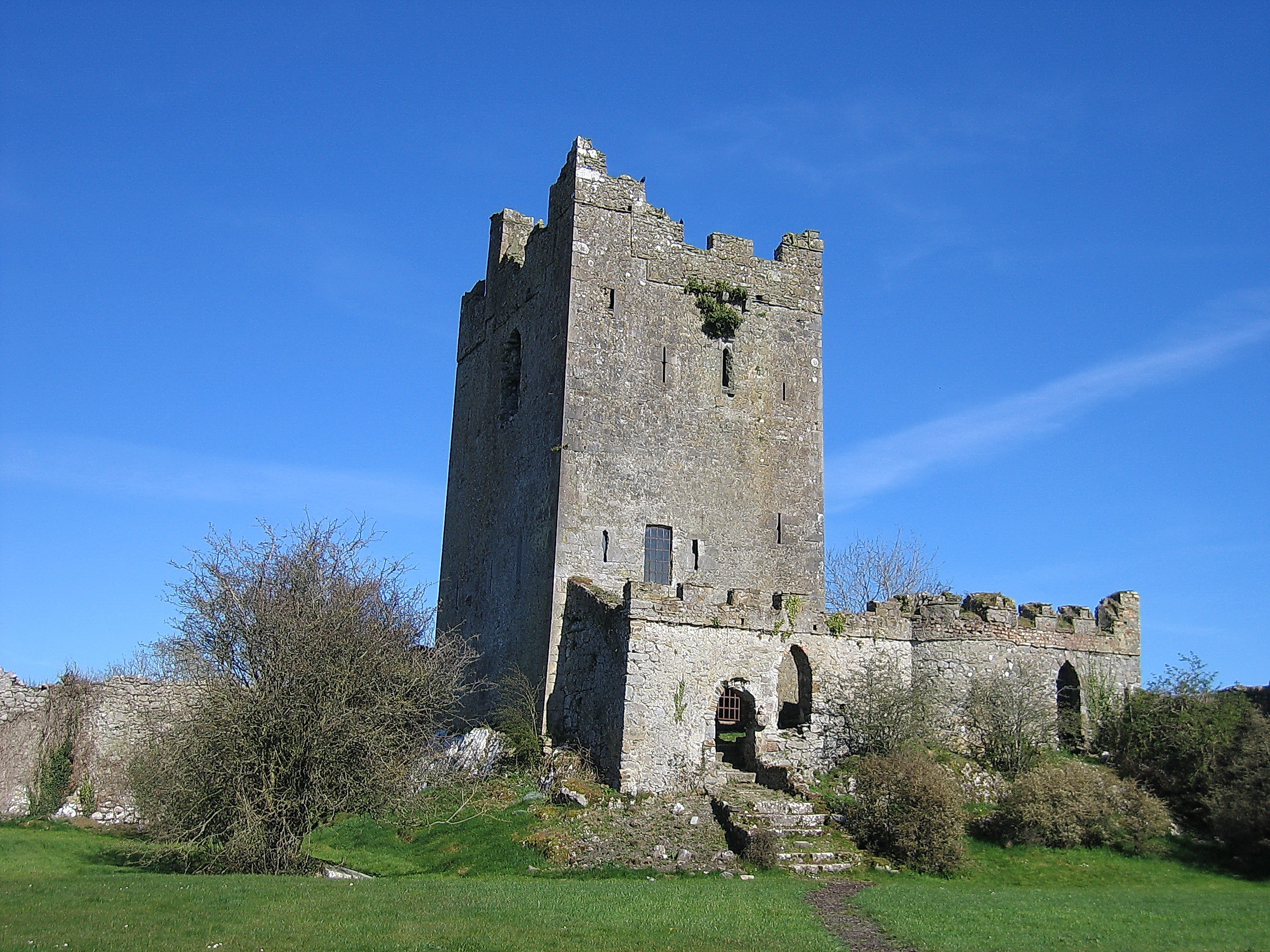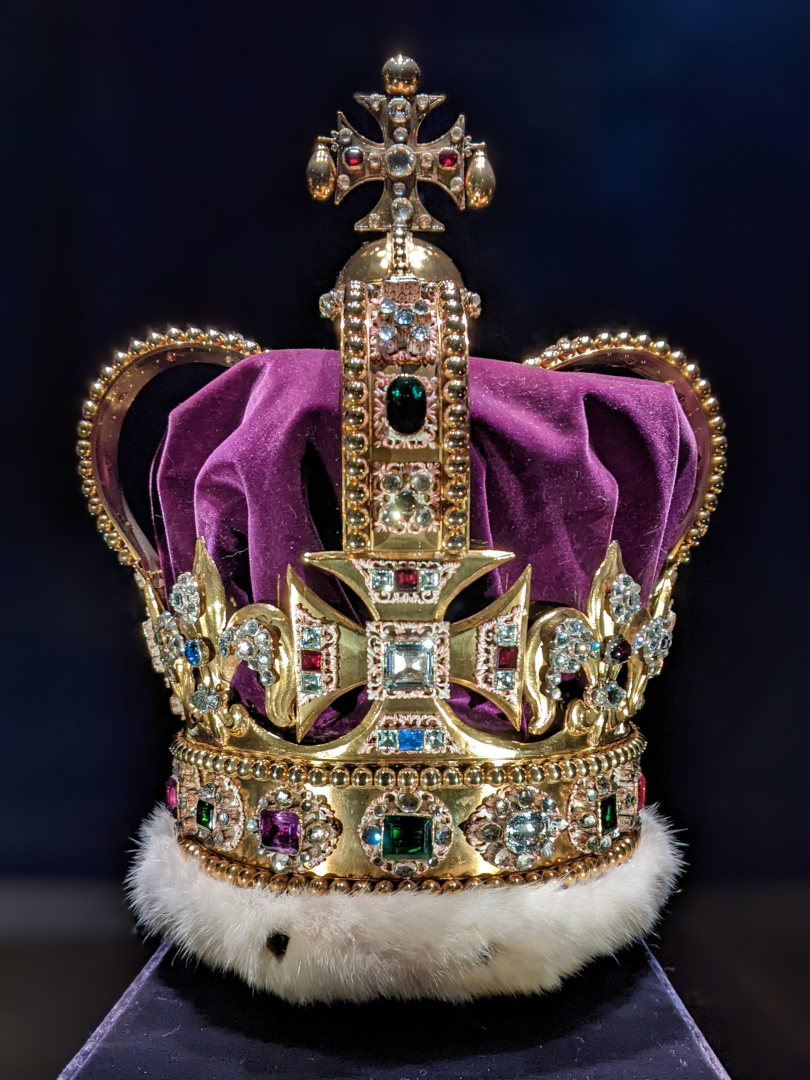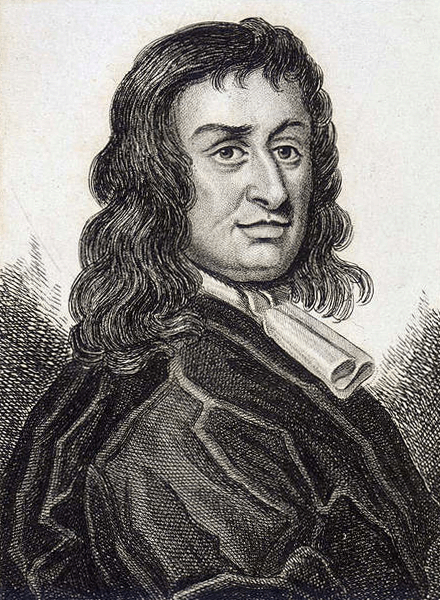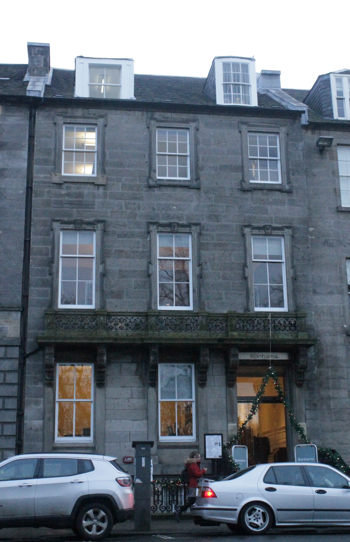|
Bindon Blood
General Sir Bindon Blood, (7 November 1842 – 16 May 1940) was a British Army commander who served in Egypt, Afghanistan, India, and South Africa. Military career Bindon Blood was born near Jedburgh, Scotland, to William Bindon Blood (1817–1894) and Margaret Stewart (1820–1849). He was related to Colonel Thomas Blood, who attempted to steal the Crown Jewels in 1671. He attended the Royal School, Banagher, Queen's College, Galway, and the Addiscombe Military College. He was commissioned in 1860 in the Royal Engineers as a temporary lieutenant in charge of signalling and pontoon bridge construction in India, and for brief periods in Zululand and South Africa. Promoted to captain in 1873, he served with British forces in the North-West Frontier (Jowaki). In 1879 he was sent back to Africa for the Anglo-Zulu War. He went on to fight in the Second Anglo-Afghan War and the Battle of Tell El Kebir. By 1882 he was a brevet lieutenant colonel. The following year, 1883, Blood ... [...More Info...] [...Related Items...] OR: [Wikipedia] [Google] [Baidu] |
Jedburgh
Jedburgh (; gd, Deadard; sco, Jeddart or ) is a town and former royal burgh in the Scottish Borders and the traditional county town of the historic county of Roxburghshire, the name of which was randomly chosen for Operation Jedburgh in support of the D-Day invasion. Location Jedburgh lies on the Jed Water, a tributary of the River Teviot. It is from the border with England, and is dominated by the substantial ruins of Jedburgh Abbey. Other notable buildings in the town include Queen Mary's House, Jedburgh Castle Jail, now a museum, and the Jedburgh Library. Other places nearby are Ancrum, Bairnkine, Bonjedward, Camptown, Crailing, Edgerston, Ferniehirst Castle, Nisbet and Oxnam. History Jedburgh began as ''Jedworð'', the "worth" or enclosed settlement on the Jed. Later the more familiar word "burgh" was substituted for this, though the original name survives as Jeddart/Jethart. Bishop Ecgred of Lindisfarne founded a church at Jedburgh in the 9th century, and King D ... [...More Info...] [...Related Items...] OR: [Wikipedia] [Google] [Baidu] |
Mentioned In Despatches
To be mentioned in dispatches (or despatches, MiD) describes a member of the armed forces whose name appears in an official report written by a superior officer and sent to the high command, in which their gallant or meritorious action in the face of the enemy is described. In some countries, a service member's name must be mentioned in dispatches as a condition for receiving certain decorations. United Kingdom, British Empire, and Commonwealth of Nations Servicemen and women of the British Empire or the Commonwealth who are mentioned in despatches (MiD) are not awarded a medal for their actions, but receive a certificate and wear an oak leaf device on the ribbon of the appropriate campaign medal. A smaller version of the oak leaf device is attached to the ribbon when worn alone. Prior to 2014, only one device could be worn on a ribbon, irrespective of the number of times the recipient was mentioned in despatches. Where no campaign medal is awarded, the oak leaf is worn direc ... [...More Info...] [...Related Items...] OR: [Wikipedia] [Google] [Baidu] |
Zulu Kingdom
The Zulu Kingdom (, ), sometimes referred to as the Zulu Empire or the Kingdom of Zululand, was a monarchy in Southern Africa. During the 1810s, Shaka established a modern standing army that consolidated rival clans and built a large following which ruled a wide expanse of Southern Africa that extended along the coast of the Indian Ocean from the Tugela River in the south to the Pongola River in the north. A bitter civil war in the mid-19th century erupted which culminated in the 1859 Battle of Ndondakusuka between the brothers Cetshwayo and Mbuyazi. In 1879, a British force invaded Zululand, beginning the Anglo-Zulu War. After an initial Zulu victory at the Battle of Isandlwana in January, the British regrouped and defeated the Zulus in July during the Battle of Ulundi, ending the war. The area was absorbed into the Colony of Natal and later became part of the Union of South Africa. History Rise under Shaka Shaka was the illegitimate son of Senzangakhona, Chief of the ... [...More Info...] [...Related Items...] OR: [Wikipedia] [Google] [Baidu] |
Pontoon Bridge
A pontoon bridge (or ponton bridge), also known as a floating bridge, uses float (nautical), floats or shallow-draft (hull), draft boats to support a continuous deck for pedestrian and vehicle travel. The buoyancy of the supports limits the maximum load that they can carry. Most pontoon bridges are temporary and used in wartime and civil emergencies. There are permanent pontoon bridges in civilian use that can carry highway traffic. Permanent floating bridges are useful for sheltered water crossings if it is not considered economically feasible to suspend a bridge from anchored piers. Such bridges can require a section that is elevated or can be raised or removed to allow waterborne traffic to pass. Pontoon bridges have been in use since ancient times and have been used to great advantage in many battles throughout history, such as the Battle of Garigliano (1503), Battle of Garigliano, the Battle of Oudenarde, the Operation Plunder, crossing of the Rhine during World War II, the ... [...More Info...] [...Related Items...] OR: [Wikipedia] [Google] [Baidu] |
Royal Engineers
The Corps of Royal Engineers, usually called the Royal Engineers (RE), and commonly known as the ''Sappers'', is a corps of the British Army. It provides military engineering and other technical support to the British Armed Forces and is headed by the Chief Royal Engineer. The Regimental Headquarters and the Royal School of Military Engineering are in Chatham in Kent, England. The corps is divided into several regiments, barracked at various places in the United Kingdom and around the world. History The Royal Engineers trace their origins back to the military engineers brought to England by William the Conqueror, specifically Bishop Gundulf of Rochester Cathedral, and claim over 900 years of unbroken service to the crown. Engineers have always served in the armies of the Crown; however, the origins of the modern corps, along with those of the Royal Artillery, lie in the Board of Ordnance established in the 15th century. In Woolwich in 1716, the Board formed the Royal Regime ... [...More Info...] [...Related Items...] OR: [Wikipedia] [Google] [Baidu] |
Addiscombe Military Seminary
The East India Company Military Seminary was a British military academy at Addiscombe, Surrey, in what is now the London Borough of Croydon. It opened in 1809 and closed in 1861. Its purpose was to train young officers to serve in the East India Company's own army in India. The institution was formally known as the East India Company Military Seminary (a name the cadets always disliked) until 1855, when the name was changed to the East India Company Military College.Bourne 1979, p. 206. In 1858, when the college was taken over by the government, it was renamed the Royal India Military College. Colloquially, it was known as Addiscombe Seminary, Addiscombe College, or Addiscombe Military Academy. The Seminary was a sister institution to the East India Company College in Hertfordshire, which trained civilian "writers" (clerks). In military terms it was a counterpart to the Royal Military Academy at Woolwich and the Royal Military College at Sandhurst. History Addiscombe Plac ... [...More Info...] [...Related Items...] OR: [Wikipedia] [Google] [Baidu] |
National University Of Ireland, Galway
The University of Galway ( ga, Ollscoil na Gaillimhe) is a public research university located in the city of Galway, Ireland. A tertiary education and research institution, the university was awarded the full five QS stars for excellence in 2012, and was ranked among the top 1 percent of universities in the 2018 ''QS World University Rankings''. The university was founded in 1845 as "Queen's College, Galway". It was known as "University College, Galway" (UCG) (Irish: ''Coláiste na hOllscoile, Gaillimh''), until 1997 and as "National University of Ireland, Galway" (NUI Galway) (Irish: ''Ollscoil na hÉireann, Gaillimh; OÉ Gaillimh''), until 2022. In late April 2022, it was announced that NUI Galway would be renamed "Ollscoil na Gaillimhe – University of Galway" in summer 2022, amid confusion over its proper title. University of Galway is a member of the Coimbra Group, a network of 40 long-established European universities. History The university was established in 1845 as ' ... [...More Info...] [...Related Items...] OR: [Wikipedia] [Google] [Baidu] |
Banagher
Banagher ( or ''Beannchar na Sionna'') is a town in Ireland, located in the midlands, on the western edge of County Offaly in the province of Leinster, on the banks of the River Shannon. It had a population of 3,000 at the height of its economic growth in the mid-19th century; as of 2016, the population was over 1,700. Banagher was historically an important strategic location on the River Shannon and was one of the few crossing points between the provinces of Leinster and Connacht. It thus became a natural focus for a number of historical buildings, including a 19th-century Martello Tower and a number of castles around the town, which were built in the 14th and 15th centuries. The town used to be the focus of thriving river business and was an important stop on the Dublin to Limerick navigation. It supported a number of industries, including a maltings and distillery, which are now defunct. Tourism has supplanted this to a certain extent with a modern marina providing suppor ... [...More Info...] [...Related Items...] OR: [Wikipedia] [Google] [Baidu] |
Crown Jewels Of The United Kingdom
The Crown Jewels of the United Kingdom, originally the Crown Jewels of England, are a collection of royal ceremonial objects kept in the Tower of London which include the Coronation of the British monarch, coronation regalia and vestments worn by British monarchs. Symbols of over 800 years of monarchy, the coronation regalia are the only working set in Europe and the collection is the most historically complete of any regalia in the world. Objects used to invest and crown British monarchs variously denote their role as head of state of the United Kingdom and other countries of the Commonwealth of Nations, Commonwealth, Supreme Governor of the Church of England, and head of the British armed forces. They feature heraldic devices and national emblems of England, Scotland, Wales and Northern Ireland. Use of regalia by monarchs in England can be traced back to when it was converted to Christianity in the Early Middle Ages. A permanent set of coronation regalia, once belonging to E ... [...More Info...] [...Related Items...] OR: [Wikipedia] [Google] [Baidu] |
Thomas Blood
Colonel Thomas Blood (1618 – 24 August 1680) was an Anglo-Irish officer and self-styled colonel best known for his attempt to steal the Crown Jewels of England from the Tower of London in 1671. Described in an American source as a "noted bravo and desperado,"''The New American Cyclopaedia: A popular dictionary of general knowledge'', Volume 3, George Ripley, Charles A. Dana, 1859 (D Appleton & Company) pages 372 to 373 he was also known for his attempt to kidnap and, later, to kill, his enemy, James Butler, 1st Duke of Ormond. Early life Sources suggest that Blood was born in County Clare, in the Kingdom of Ireland, the son of a successful land-owning blacksmith of English descent, and was partly raised at Sarney, near Dunboyne, in County Meath. He was apparently a Presbyterian. His family was respectable and prosperous (by the standards of the time); his father held lands in the Counties Clare, Meath and Wicklow. His grandfather was a member of the Irish Parliament, ... [...More Info...] [...Related Items...] OR: [Wikipedia] [Google] [Baidu] |
William Bindon Blood
William Bindon Blood (20 January 181731 January 1894) was an Irish civil engineer. Life He was born on the family estate in Cranagher,Estate: Blood (Roxton & Cranagher) Landed Estates Database: NUI Galway near in , to Bindon Blood (1775–1855) and his second wife Harriet Bagot (1780–1835). His father moved to 22 Queen Street in central Edinburgh in 1829. Bindon Blood went to secondary school in before re ... [...More Info...] [...Related Items...] OR: [Wikipedia] [Google] [Baidu] |
South Africa
South Africa, officially the Republic of South Africa (RSA), is the southernmost country in Africa. It is bounded to the south by of coastline that stretch along the South Atlantic and Indian Oceans; to the north by the neighbouring countries of Namibia, Botswana, and Zimbabwe; and to the east and northeast by Mozambique and Eswatini. It also completely enclaves the country Lesotho. It is the southernmost country on the mainland of the Old World, and the second-most populous country located entirely south of the equator, after Tanzania. South Africa is a biodiversity hotspot, with unique biomes, plant and animal life. With over 60 million people, the country is the world's 24th-most populous nation and covers an area of . South Africa has three capital cities, with the executive, judicial and legislative branches of government based in Pretoria, Bloemfontein, and Cape Town respectively. The largest city is Johannesburg. About 80% of the population are Black South Afri ... [...More Info...] [...Related Items...] OR: [Wikipedia] [Google] [Baidu] |

_Oak_Leaf_Cluster.jpg)


